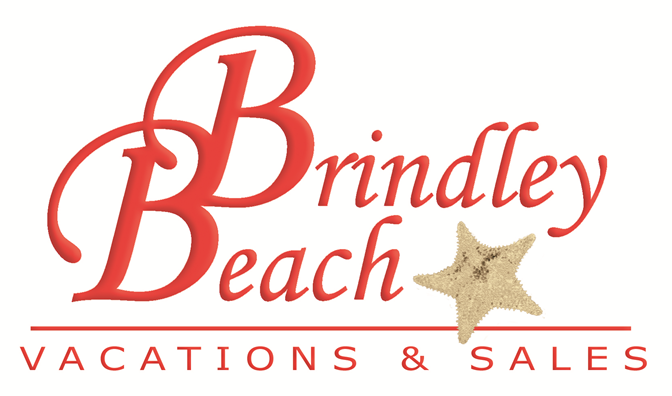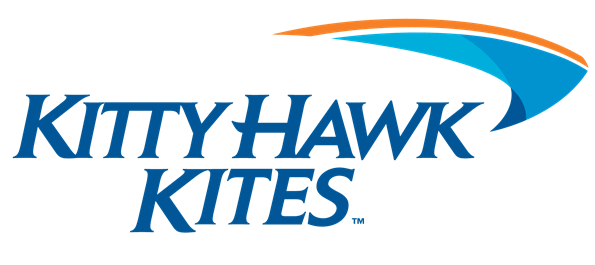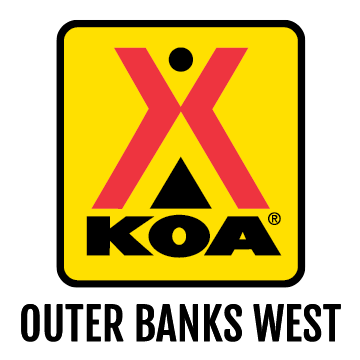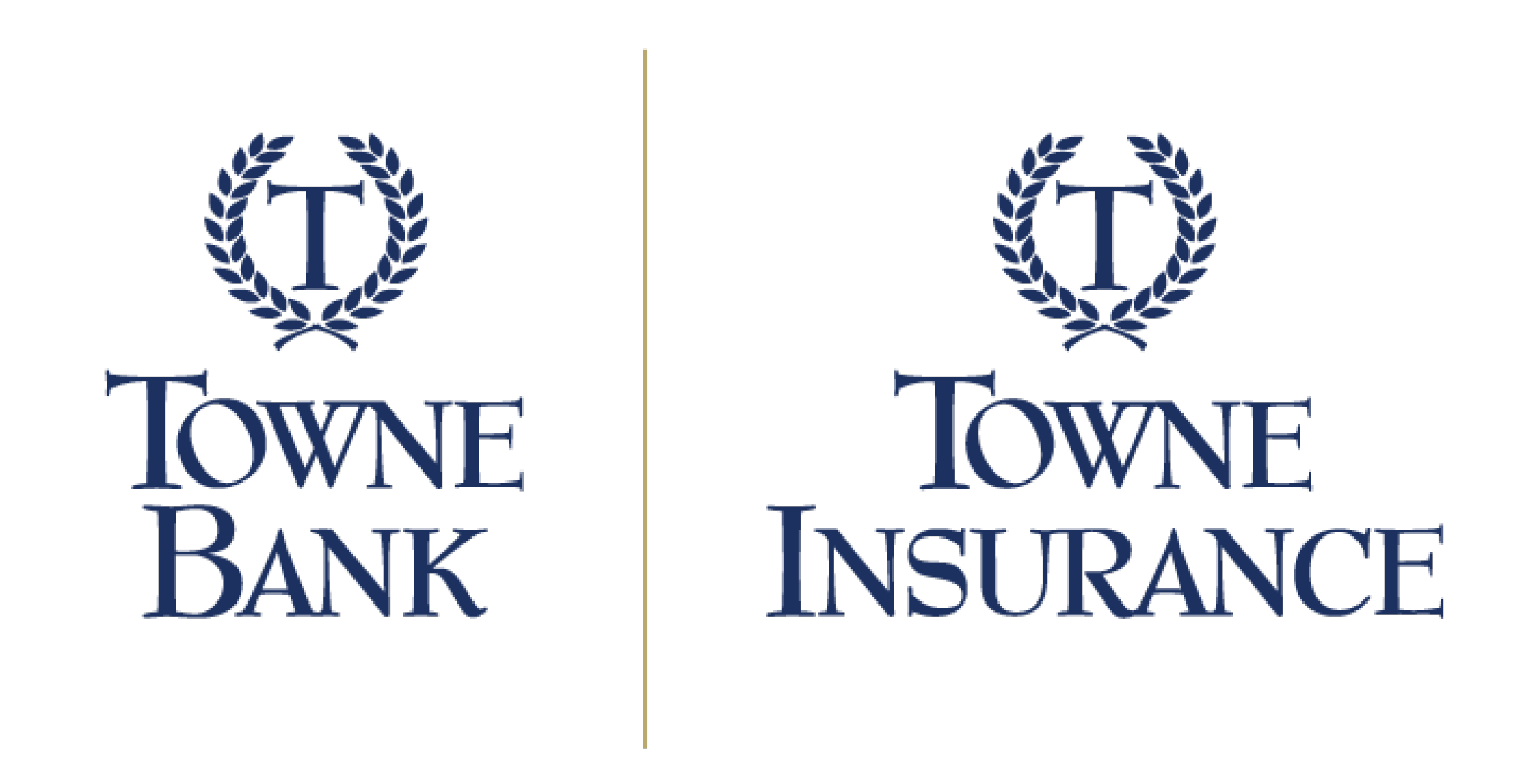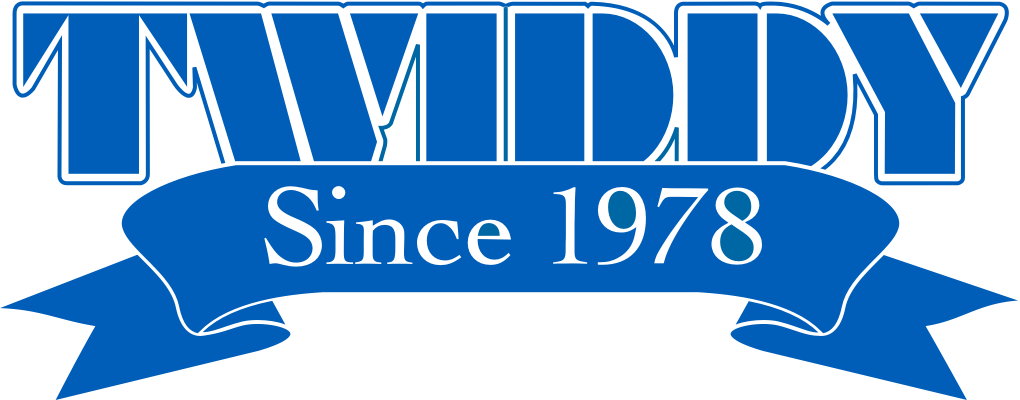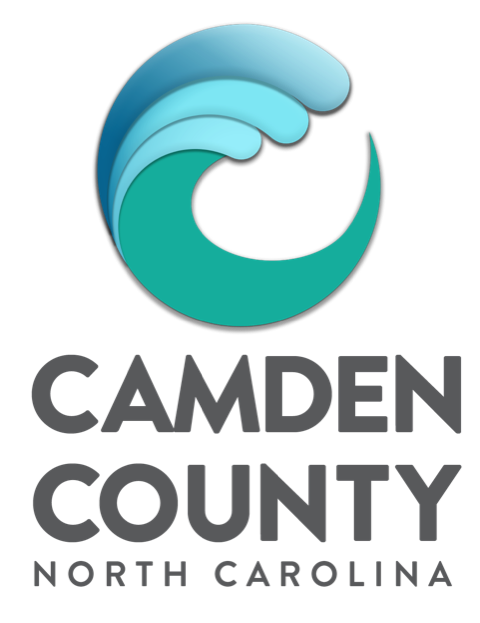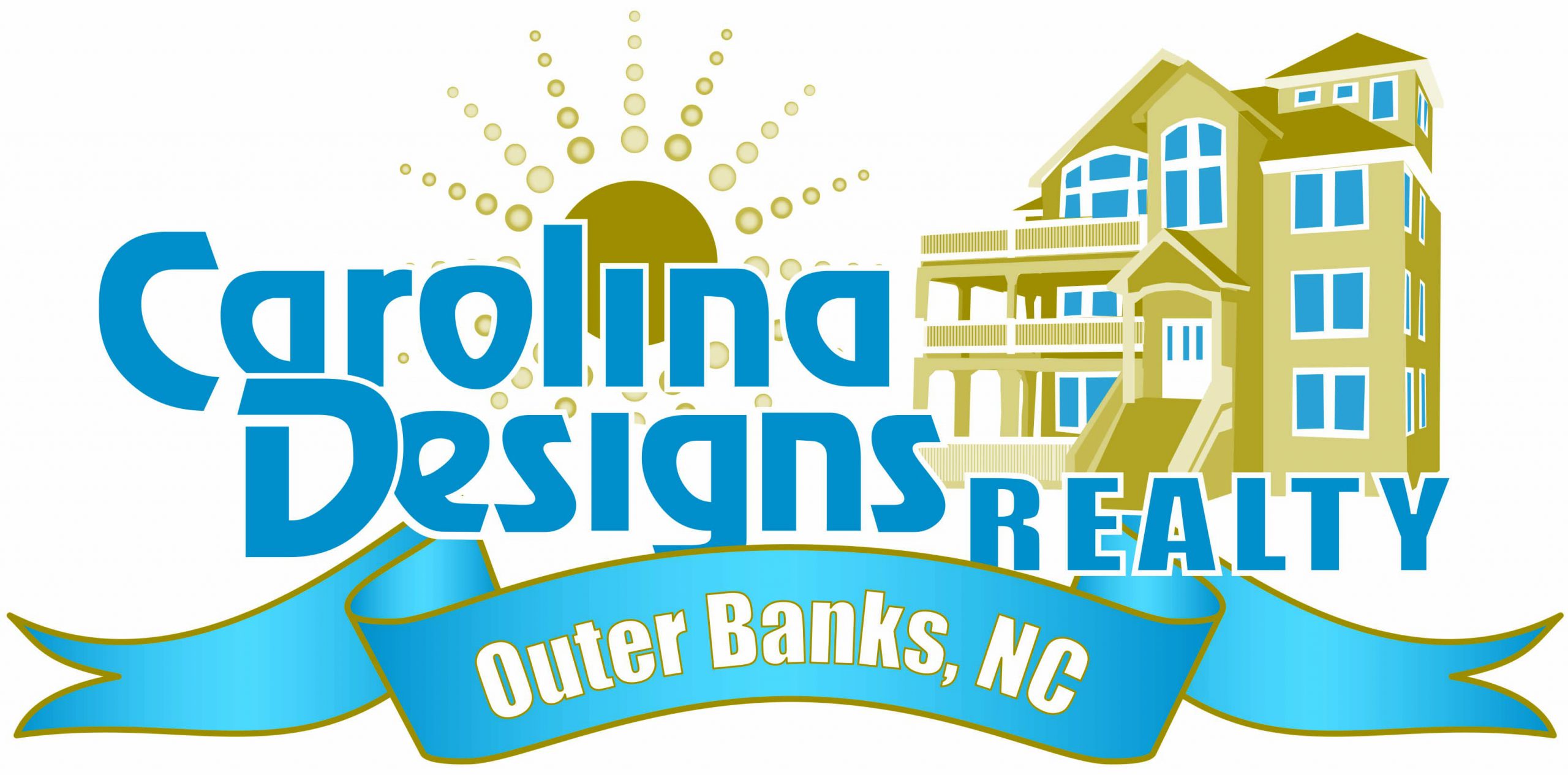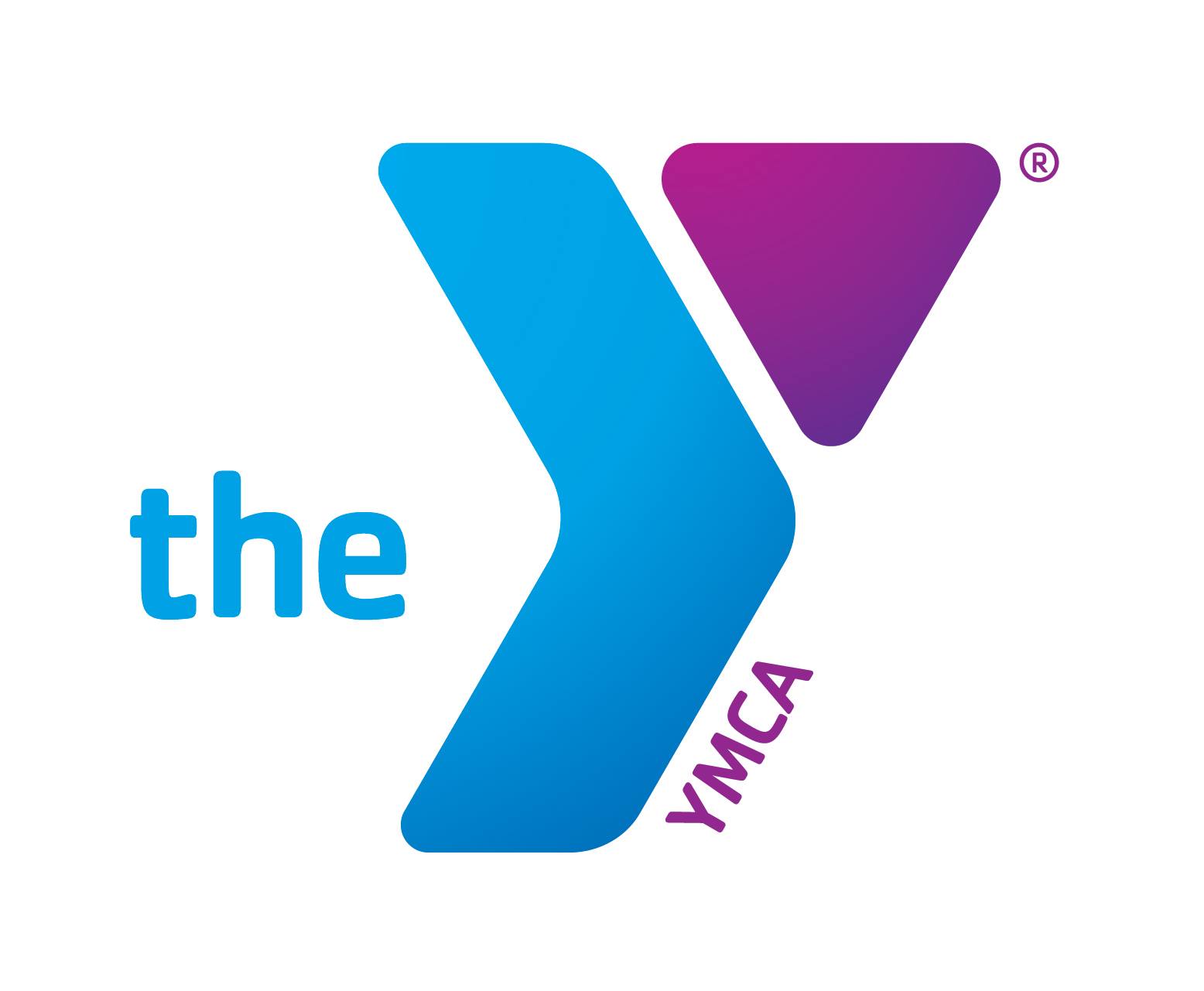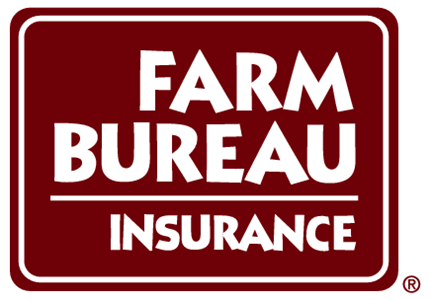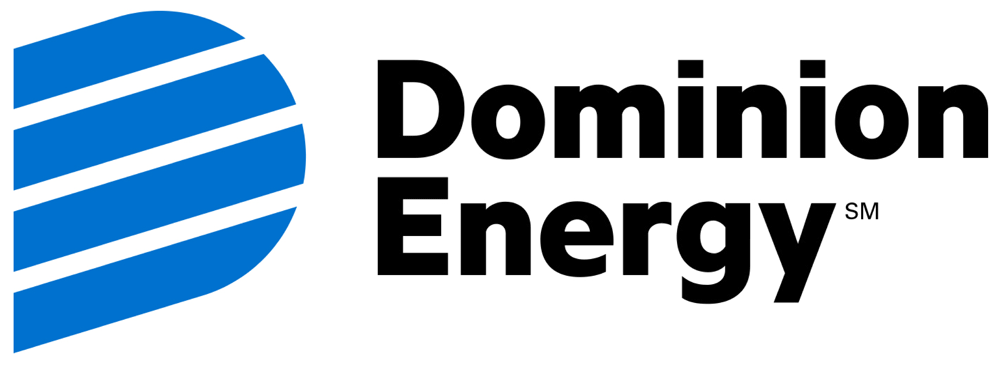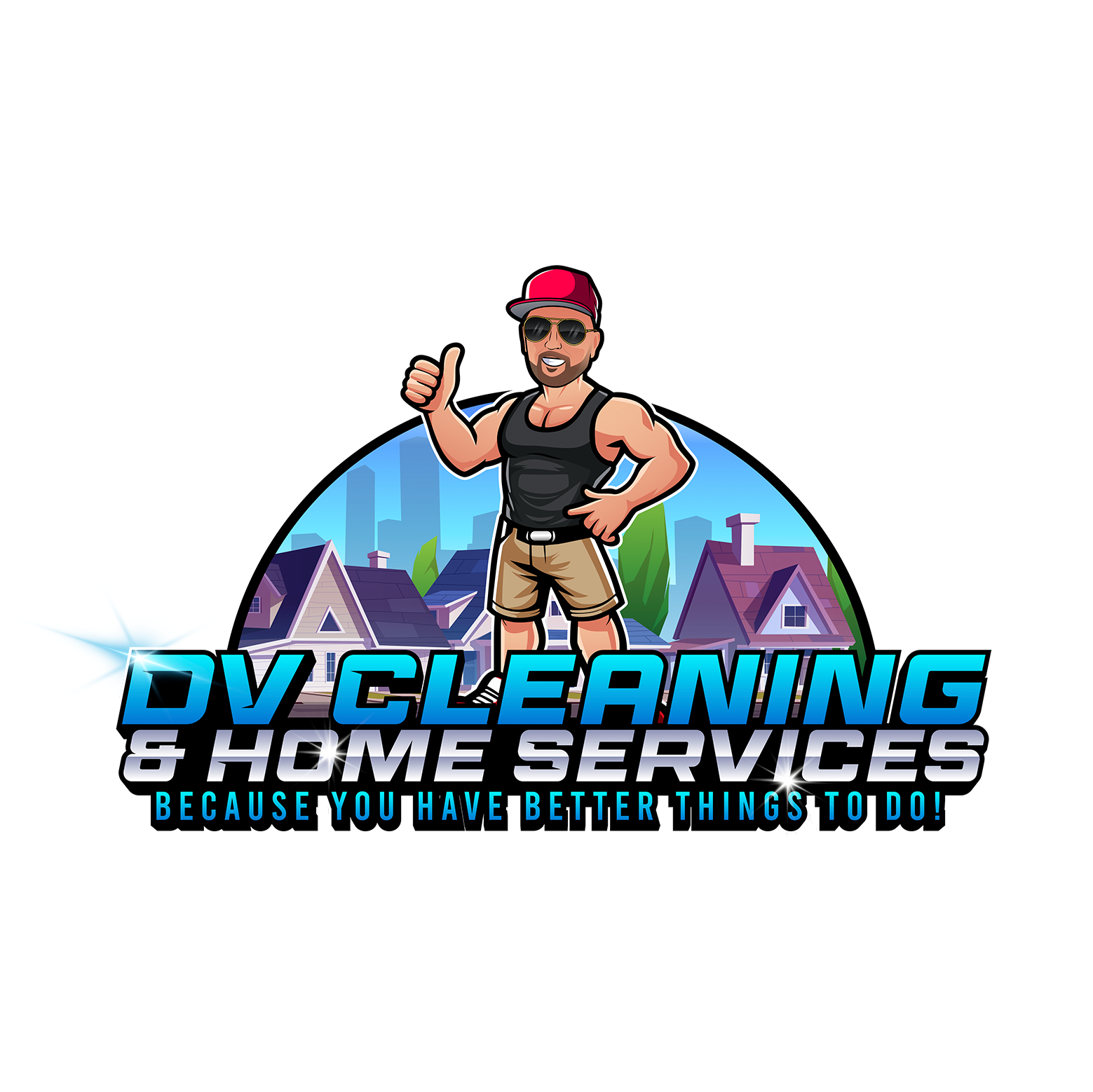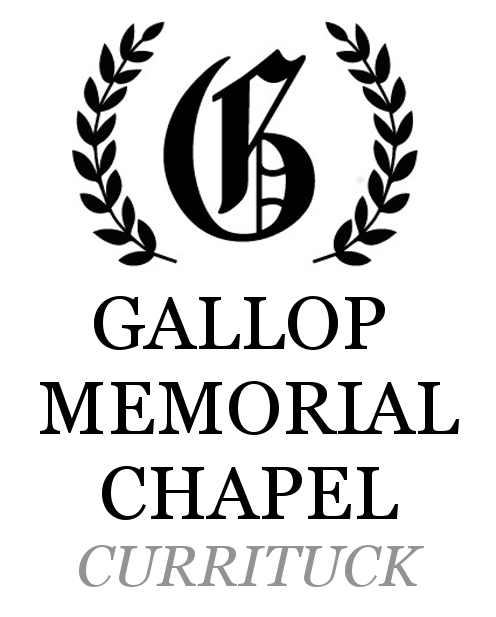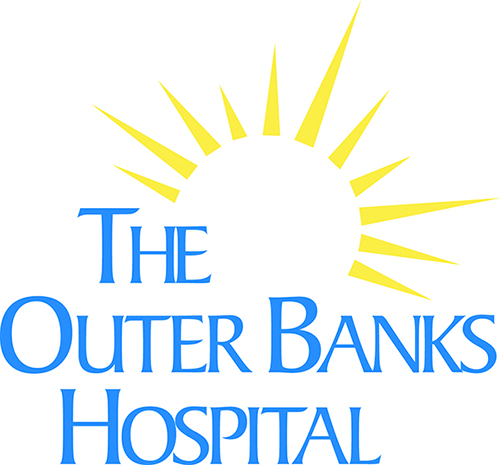As employers big and small continue to navigate COVID disruptions within their workplaces, one lesson applicable to all of us has been a return to talent primacy. Without a smart, reliable, and self-directed team, even the best of market visions fail. On Main Street, many employers would point out that, in fact, many strategies fail not in their design but in their implementation.
In seeking to build and maintain a diverse and capable workforce, employers are now engaging in a host of new approaches to reflect their teams' ages-and-stages. Even now, employers are starting to see the presence of even five generations within the same office team--for example, many new employees on the Outer Banks this summer were not born when 9/11 happened.
As a result, the landscape of offering great benefits--long a competitive advantage to strong companies--is slowly changing to create daily value across those five generations. Where at one time, some form of medical coverage was considered standard, today even that relatively simple idea carries a myriad of options, decisions, and circumstances with it.
For the best employers today, a range of great benefits will include something for all five generations. For example, consider this analogy around a three-legged stool:
One leg of the stool is health care--that’s critical for all five generations, but subtleties within the ages-and-stages mean that HSA’s, for example, might be a better fit for some than others. In addition, the levels of participation around percentages are significant when it comes to real dollar savings. No matter the specifics, this leg of the stool is simply table stakes for vital employers.
Another leg of the stool usually is centered on some future-facing investment; it frequently takes 401k plans, potential some 529 college saving plans, and any other insurance or investment options. Across the five generations, these options have different levels of attraction and value--to imagine this easily, look no further than the mindset around how one views retirement from the age of 59 versus 29. In short, this leg means different things to different people in terms of importance in day-to-day spending.
The last and most emergent leg of this stool is rearward facing. For many younger workers, college debt is a significant obligation that inhibits other investment options for years. Some workers are simply planning on it being forgiven, and at that date they’ll begin investments in their future-facing programs. Employers that can potentially engage with student debt, instead of something like a 401k, may attract and retain the newest generations entering the workforce.
Benefit programs remain, on the whole, complex and uniquely personal across all five generations. Still, employers who are leaning into the ages-and-stages are also most likely to market great customer service and experience across industries and interests.
In an age of almost limitless complexity, understanding all the tentacles within the five-generation workforce will take sharp human resource teams, engaged priorities around the primacy of talent, and a willingness to meet your team members where they are in their journey and match their stage to the right benefit options for them.
They’ll thank you for it for years to come.




